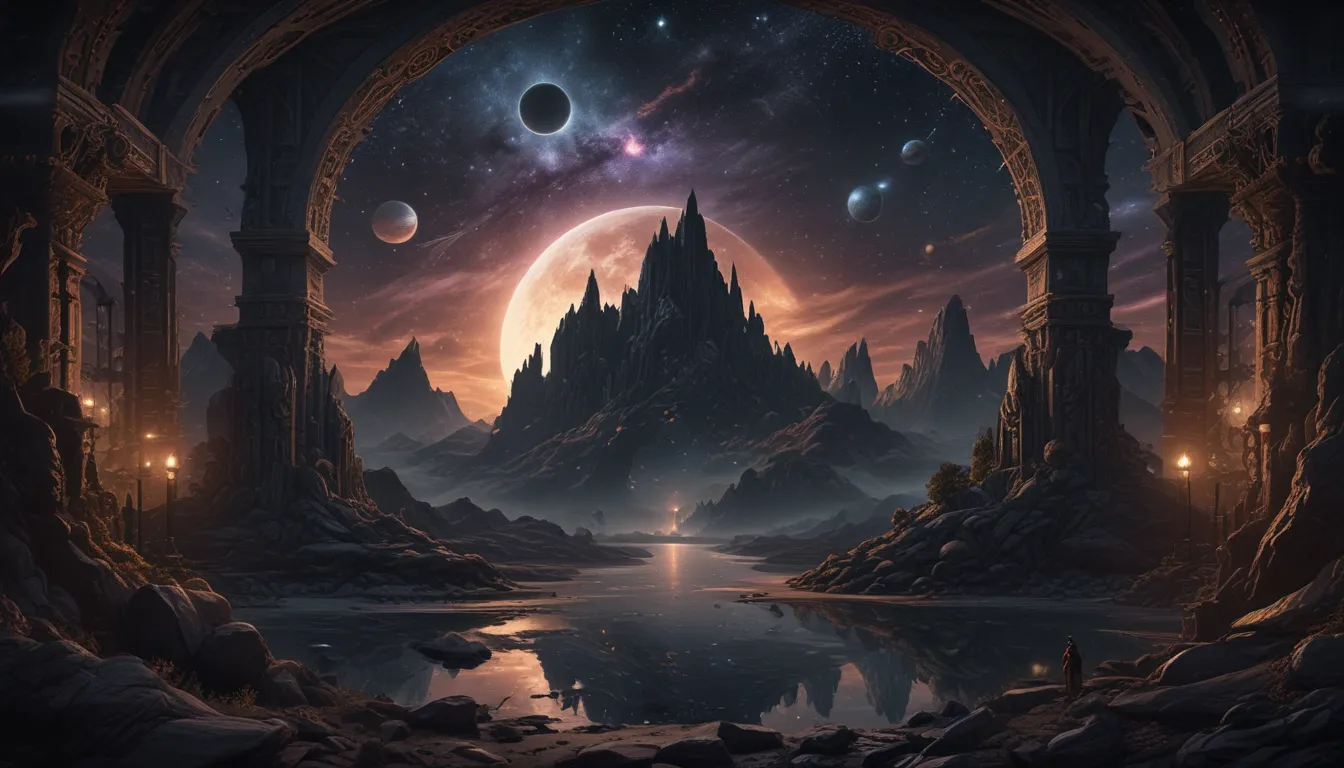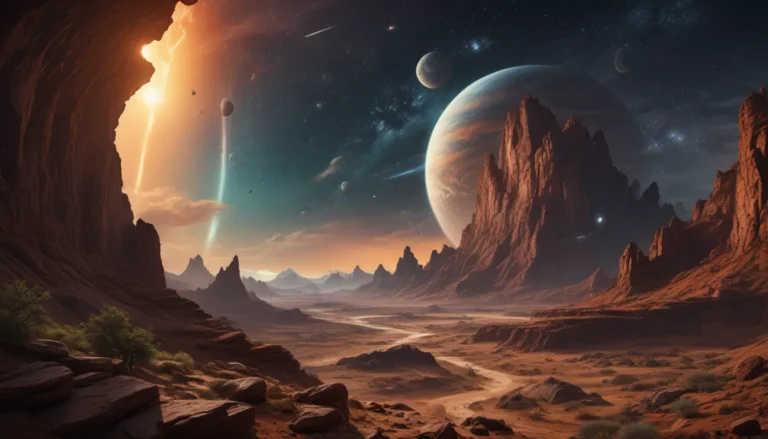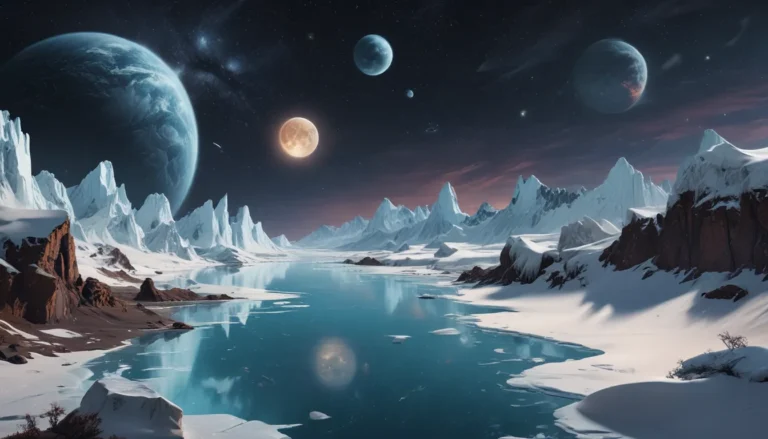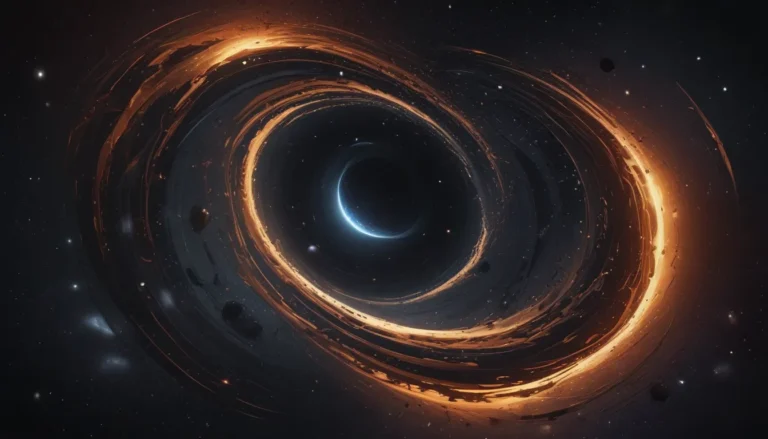The pictures we use in our articles might not show exactly what the words say. We choose these pictures to make you interested in reading more. The pictures work together with the words but don’t take their place. The words still tell you the important facts.
The cosmic dark ages, a fascinating era in the history of the universe, has puzzled scientists and astrophysicists for decades. Following the Big Bang, this period was characterized by darkness and mystery, making it challenging for astronomers to study and understand the universe's early evolution. In this article, we will explore twelve intriguing facts about the cosmic dark ages that will leave you in awe of the wonders of the cosmos. From the birth of the universe to the emergence of stars and galaxies, each fact invites us to delve into the enigmatic nature of this elusive epoch.
Unveiling the Mysteries of Cosmic Dark Ages
The cosmic dark ages signify a crucial period in the universe's history, where the first structures and elements of the universe were born. Scientists are on a quest to uncover relics from this epoch to gain insights into the early universe and even find clues about the potential for extraterrestrial life.
The Birth of the Universe: Cosmic Dark Ages Signify the Birth of Existence
The Cosmic Dark Ages refer to the period between 380,000 years and one billion years after the Big Bang. It is during this phase that the universe transitioned from a hot, dense state to a cooler one, allowing for the formation of atoms and the eventual emergence of light.
Plunged into Darkness: The Universe in a State of Eerie Void
As the Cosmic Dark Ages began, the universe became a vast expanse of darkness. The absence of stars, galaxies, and other sources of light meant that the cosmos was engulfed in an eerie, lightless void.
The Birth of Cosmic Structures: Seeds of Future Galaxies
Despite the darkness, the Cosmic Dark Ages marked the birth of the first cosmic structures. Tiny fluctuations in the density of matter started to clump together, forming the seeds of future galaxies, stars, and planets.
- Hydrogen Gas Domination: During this epoch, hydrogen gas was the primary constituent of the universe. It filled the vast cosmic voids and acted as the building material for the formation of galaxies and stars.
Clues in the Background: Insights from Cosmic Microwave Radiation
The Cosmic Dark Ages left behind a faint signature in the form of cosmic microwave background radiation. This radiation is considered the oldest light in the universe and provides critical insights into the conditions during this enigmatic era.
The Era of Reionization: Transformative Rebirth of the Universe
The end of the Cosmic Dark Ages marked a transformative period known as the Era of Reionization. During this time, the once-neutral hydrogen gas was reionized, causing the universe to become transparent to ultraviolet light.
Stellar Nurseries: Birthplaces of Celestial Marvels
The Cosmic Dark Ages paved the way for the formation of stellar nurseries, colossal clouds of gas and dust that acted as breeding grounds for the birth of stars, sparking the dazzling display of lights in the universe today.
- Capture of Cosmic Music: Scientists have managed to convert cosmic microwave background radiation into sound waves, creating an eerie symphony that echoes the primordial era when the universe was shrouded in darkness.
Birth of Black Holes: Mysterious Entities Emerging in Darkness
As stars formed during the Cosmic Dark Ages, some of them eventually collapsed under their gravitational pull, giving birth to the incredibly mysterious and powerful entities known as black holes.
Quest for the Elusive: Unraveling the Mysteries of First Galaxies
The Cosmic Dark Ages hold the secret of the first galaxies in the universe. Unraveling the mysteries surrounding these elusive structures could provide invaluable insights into the early stages of cosmic evolution.
Relics from the Past: The Hunt for Cosmic Dark Ages Remnants
Scientists are on a quest to find relics from the Cosmic Dark Ages. By studying ancient objects such as quasars, they hope to gather clues about this enigmatic era and gain a deeper understanding of the universe's origins.
Seeking Extraterrestrial Life: Cosmic Dark Ages and the Quest for Life Beyond Earth
Studying the Cosmic Dark Ages is crucial in the search for extraterrestrial life. By understanding the conditions that led to life's emergence on Earth, scientists can identify habitable environments in other parts of the universe.
In conclusion, the cosmic dark ages are a fascinating and crucial period in the universe's history, providing valuable insights into the origins and evolution of our cosmos. With advancements in technology and scientific research, we continue to unravel the mysteries of this epoch and gain a deeper understanding of the universe's early stages. The study of the cosmic dark ages not only expands our knowledge but also has implications for understanding life's existence beyond Earth. Let's continue on this cosmic journey to unlock the universe's secrets and explore the wonders beyond our planet.
FAQs
Q: What are the cosmic dark ages?
A: The cosmic dark ages refer to the period after the Big Bang when there were no stars or galaxies emitting significant visible light.
Q: How long did the cosmic dark ages last?
A: The cosmic dark ages lasted for approximately 100 million years after the Big Bang, filled predominantly with neutral hydrogen gas.
Q: What caused the end of the cosmic dark ages?
A: The end of the cosmic dark ages was triggered by the formation of the first stars and galaxies, emitting light and ionizing radiation.
Q: How do scientists study the cosmic dark ages?
A: Scientists study the cosmic dark ages through methods like analyzing cosmic microwave background radiation and observing distant galaxies and quasars.
Q: What is the significance of studying the cosmic dark ages?
A: Studying the cosmic dark ages provides valuable insights into the early universe, including processes involved in star and galaxy formation, evolution of the intergalactic medium, and universe's structure and composition.






